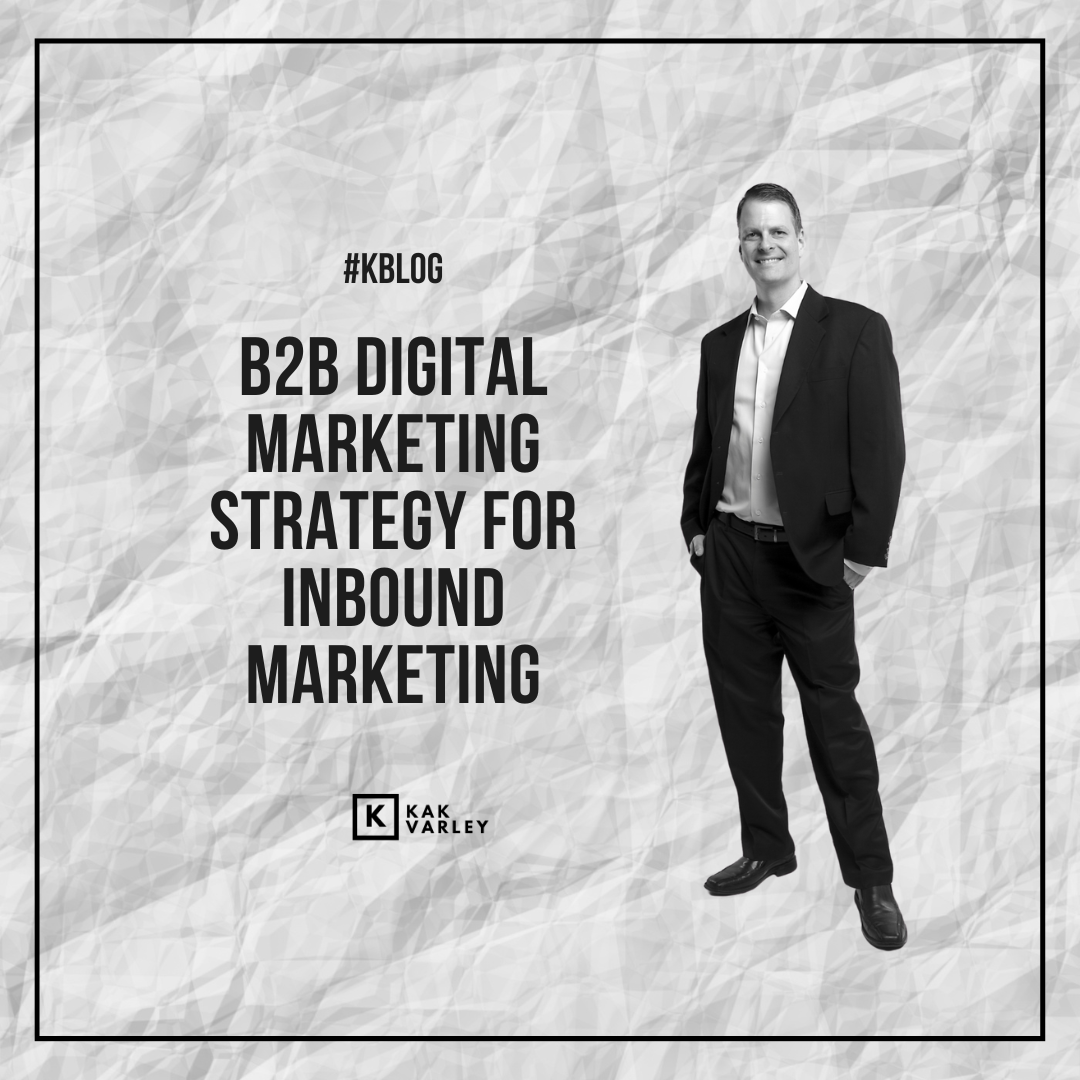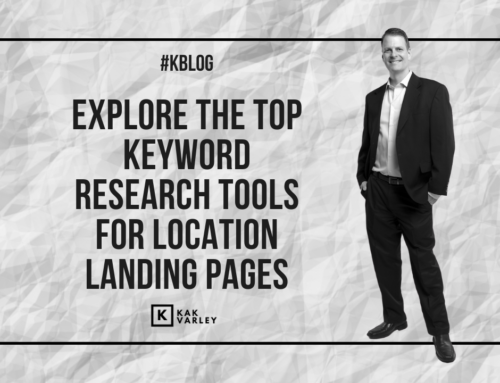
B2B digital marketing is an integral part of an overall B2B marketing strategy because business-to-business is a challenging business model to succeed in, especially when you are doing inbound marketing (aka digital lead generation).
Often, B2B is performed on a national level, and that means a lot more competition. Just look up the population of your country and compare that to the population of your city to see the vast difference in the number of people you have to reach with your marketing. The United States has 332 million people in its population. So if you can imagine a company with just a handful of salespeople, it becomes easy to understand the magnitude of the challenge.
If you want to worsen those matters, just try selling services. On a human behavior level, people will buy a ‘too-good-to-be-true’ product online before they buy a service from a highly acclaimed person. Just think about how you’ll buy something on Amazon without barely looking at the reviews but then have a completely different approach when hiring someone to do a service. It’s built into our psyche – if it’s a thing, buy it; if it’s a service, qualify it.
There are exceptions to every rule, but the broad range from the easiest to the most complex businesses to do B2B digital marketing for looks like this:
- Easiest – B2C, Products, Local
- Hardest – B2B, Services, National/International
This shows that you have to do far more with your sales and marketing strategy to be successful in B2B while expecting the execution to be more of a marathon than a sprint.
Doing B2B digital marketing for a national-based service has been my most challenging endeavor. But after many losses and frustrations over the years, I have figured out what recipe brings positive results, and here it is:
Ingredient 1: SEO
As a digital marketing consultant, I have witnessed throughout my career that there are believers and non-believers in SEO. People who know how to perform search engine optimization tend to believe in it. People that don’t understand it tend to be non-believers, and because of that, they often won’t invest in it.
SEO is a foundational solution to bringing the right traffic to your website. Without it, your website is just sitting out in the ethers lonely.
I know SEO works because I get the unique opportunity to see it before my eyes. At the same time, you can’t just optimize your website overnight. It takes planning and commitment over a long time.
The “trick” for B2B digital marketing is that you weigh your SEO towards what you do. If you’re a sales trainer, rank for “sales trainer.” Don’t try to be fancy and rank for something like “the sales whisperer” because no one is searching for that. Ensure you know all the rules of on-page SEO (optimization internal to the website) to develop a solid plan as you build your content. Then move to off-page SEO (optimization external to the website) to get the best results. Remember that you will continually be reviewing and revising as you go along.
Ingredient 2: Advertising
Another essential part of the B2B digital marketing portfolio is advertising. There are all kinds of advertising platforms, such as Facebook, Instagram, Google, Twitter, Pinterest, YouTube, Snapchat, TikTok, LinkedIn, etc. And for those with deeper pockets, there’s programmatic advertising available on other websites and platforms across the digital scape.
As a digital marketing consultant, I’ve done them all and can safely say that Google Ads is my favorite. Of course, every advertising platform will depend on the business and its goals, but overall, Google Ads has little something for everyone. The differentiator that Google’s platform has is something I call “intent-based advertising,” meaning that people are served up an ad based on their intent. In other words, people intend to find something when they are on Google. That’s different than all other ad platforms, where a person can be served up an ad even though they had no intention of wanting whatever the ad was pitching. With intent-based advertising, you skip having to convince someone to want what you offer and get right to the point of convincing someone to want you! On Google, people already know what they want. It’s just a matter of wanting you as their provider.
The “trick” in your advertising is leveraging what you learned from your SEO findings. Google Ads will crawl the page you are trying to send customers to and grab the most relevant information to create keywords and ad copy. This ensures that the searcher’s experience is flawless, from their keyword search to the ad copy to the website landing page.
So, here again, you will need to maintain the basics; if you are a sales trainer, use “sales trainer” as your ad’s keyword.
Ingredient 3: Social Media
I make it well-known to all my customers that social media is more of a brand marketing play than an inbound one. However, if you are going to try to leverage social media for your B2B business on any inbound marketing level, then LinkedIn is the place to try.
First, it’s the only real B2B-based social media platform out there. It’s solely focused on business. Second, its targeting capabilities are head and shoulders above everyone else in the marketplace. You can find people by demographics that no one else can offer because LinkedIn requires you to fill out in-depth information about yourself. That information becomes the demographic filter options in your ad targeting.
LinkedIn is undoubtedly not an intent-based ad platform, but there are ways to mitigate that problem through ad copy. Just leverage the SEO keywords you’ve used on your website and advertising to qualify the people seeing your ad. If you’re a sales trainer, then make the ad copy something like “The Worlds Greatest Sales Trainer.”
If you want to go the extra mile, you could take those ad visitors through a LinkedIn Sales Funnel like this one: LinkedIn for Sales.
If you are a business owner looking for a digital marketing consultant or a Digital Marketing Agency in Phoenix can help, contact us below!
Search our hashtags #kakvarley #kakapproved #ktip #kblog



